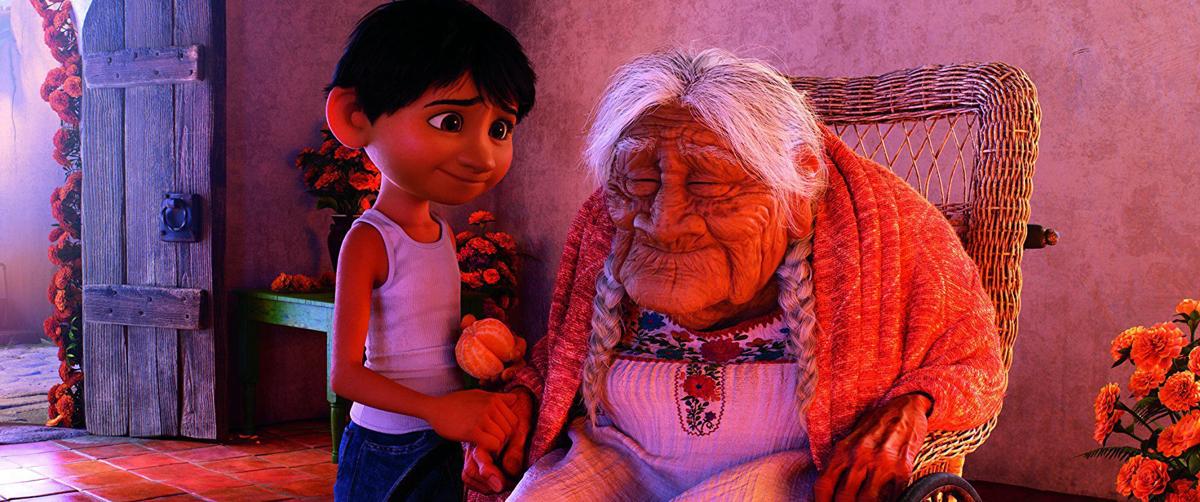Over the course of Award Season, “Coco,” the latest animated feature from Disney Pixar, won not only the Oscar for Best Animated Feature Film, but also the Oscar for Best Original Song, as well as a Golden Globe, a BAFTA and an Annie Award.
The film’s co-directors noted that portraying Mexican cultural traditions was a major focus for them during the film’s development. But the movie artfully incorporated another complex theme: living with and caring for someone with dementia.
Whether Pixar knew it or not, Coco’s portrayal of dementia comes at a critical time for the Latino community and the nation. According to the USC Roybal Institute on Aging and UsAgainstAlzheimer’s, cases of dementia among Latinos are projected to grow to 3.5 million by 2060 and cost the economy a cumulative $2.3 trillion. The growth of Alzheimer’s — the most common form of dementia — among all Americans is projected to reach nearly 14 million during roughly the same period.
Alzheimer’s — a progressive brain disease characterized by a deterioration of thinking skills, language and communication abilities — is a growing health challenge for families in Arizona. Medicare data show that 9 percent of Latino beneficiaries in Gila County live with Alzheimer’s, 6 percent in Pinal County, 6 percent in Pima County and 5 percent in Maricopa County. Medicare and Medicaid costs for Alzheimer’s among Latinos in Maricopa County increased 20 percent between 2012 and 2015.
The impact of Alzheimer’s disease is not limited to patients, but extends to caregivers. Of the 8 million family caregivers within the Latino community, 2 million of them are caring for a family member with Alzheimer’s disease.
Coco’s depiction of caregiving and dementia is critical for raising awareness of dementia among Latinos and garnering support for the much-needed research into the disease. While Latinos are one-and-a-half times more likely to develop Alzheimer’s than non-Latino whites, they are disproportionately underrepresented in Alzheimer’s research.
Indeed, Latinos make up 17 percent of the U.S. population, but represent less than 1 percent of the participants in NIH-funded research. Public education and outreach to this community is critical to speeding the recruitment of volunteers into research and advancing our scientific understanding of diseases like Alzheimer’s. Increasing and engaging Latino health-care providers, especially nurses, who are in the front lines of patient care, is critical.
Fortunately, there are efforts underway to transform community engagement in Alzheimer’s research. In Phoenix, the National Association of Hispanic Nurses-Phoenix Chapter is partnering with the LatinosAgainstAlzheimer’s Network to educate Latino-serving health-care providers about Alzheimer’s research opportunities via the Memory Strings Phoenix Alliance.
According to the annual Gallup Poll, nurses have been cited as the most trusted profession in America for the last 16 consecutive years. Bilingual and bicultural nurses are in a unique leadership position to bridge the gap between health care, research and Latino communities. The alliance directs volunteers interested in participating in research to one of Phoenix’s world-class research institutions.
Whether you are concerned about your memory, a caregiver, or just a good friend or neighbor, you can make a difference in the health of your community by considering research. Visit the Memory Strings website at www.memorystrings.org to learn more .
As “Coco” shows, our memories are worth fighting for.





